Blackmagic Ultimatte12 User Manual What is a Matte?

Before we get started using Ultimatte, it’s a good idea to look at the types of mattes you can use and how they are arranged in your composite. A basic knowledge of matte types will let you jump right in and start refining your composite.
When a section of an image is intended to be composited over another image, it requires an accompanying matte, either generated internally by Ultimatte, or supplied via an external source. A matte is also known as an ‘alpha’, or ‘key’, and is displayed as a grayscale image. The matte determines what will be visible in the accompanying source image that is being composited. The source image to be composited is called the ‘fill’.
Black regions in the matte will allow those regions in the corresponding ‘fill’ image to be visible in the composited output, and any areas that are white will be cut out, or removed, showing the image behind it. Variations of gray means those areas of the corresponding fill image will be partially transparent.

An example of a final output comprised of background, foreground and layers composited together
Types of Mattes
Different matte types are used for specific purposes to separate areas of the corresponding image into foreground and background elements, or to include or exclude sections of the matte you want to keep or discard.
Below is a description of the types of mattes used.
Background Matte
The background matte lets you extract a section from the background and place it over the foreground.
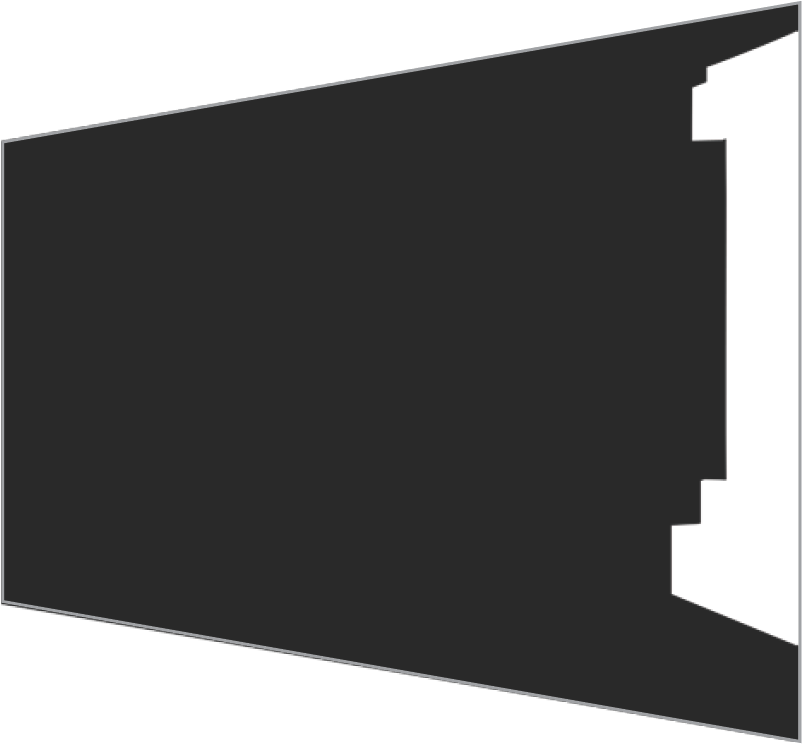

For example, you may have a virtual set as your background image that has a partition on one side. Using a background matte that precisely matches the partition in your virtual set, you can extract the partition from the background and the talent can walk behind it. This is an excellent way to create a foreground element using the background image and keeps the layer input free for additional foreground items. It’s important to note that elements to be extracted from the background must be completely opaque.
Matte
This is the primary matte you will be working within your composite. This matte is derived using the source connected to the foreground input. Typically a presenter in front of a green screen. The matte is generated internally by analyzing the backing color in the source video and will determine what is visible in the foreground image.
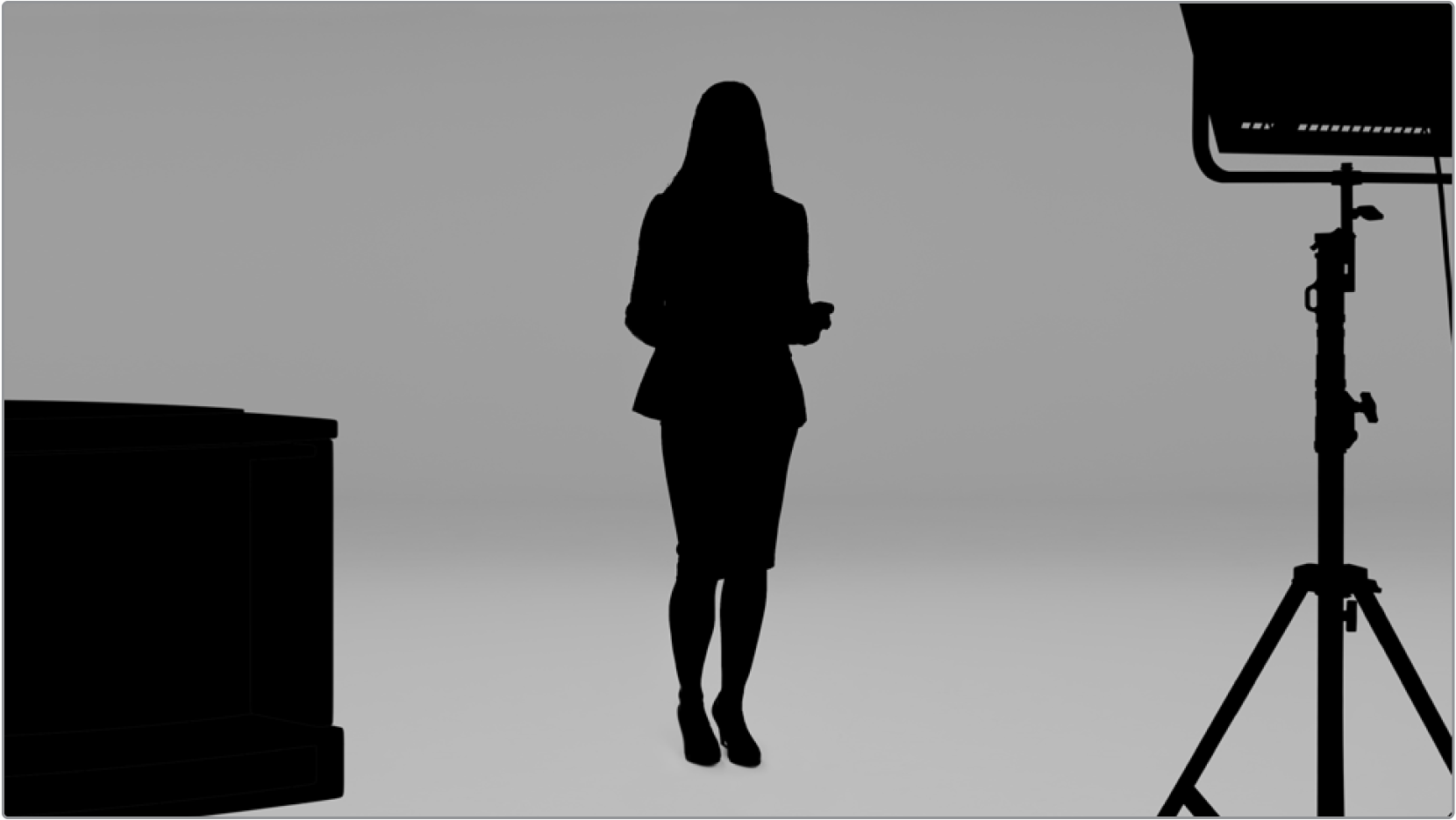
📘TIP Objects that obscure the backing color, either partly or completely, will be visible in the composited image. In the matte, fully opaque black means the corresponding areas in the fill image will be completely visible. Shades of gray means partially transparent.
Garbage Matte
A garbage matte excludes areas of a source you don’t want to include in your composite.
For example, there may be lights and gripping equipment visible around the edges of your foreground image. If you want to mask out these unwanted areas, a garbage matte lets you do that. Garbage mattes can be generated externally so they precisely match shapes in your source video, and connected to the garbage matte input.
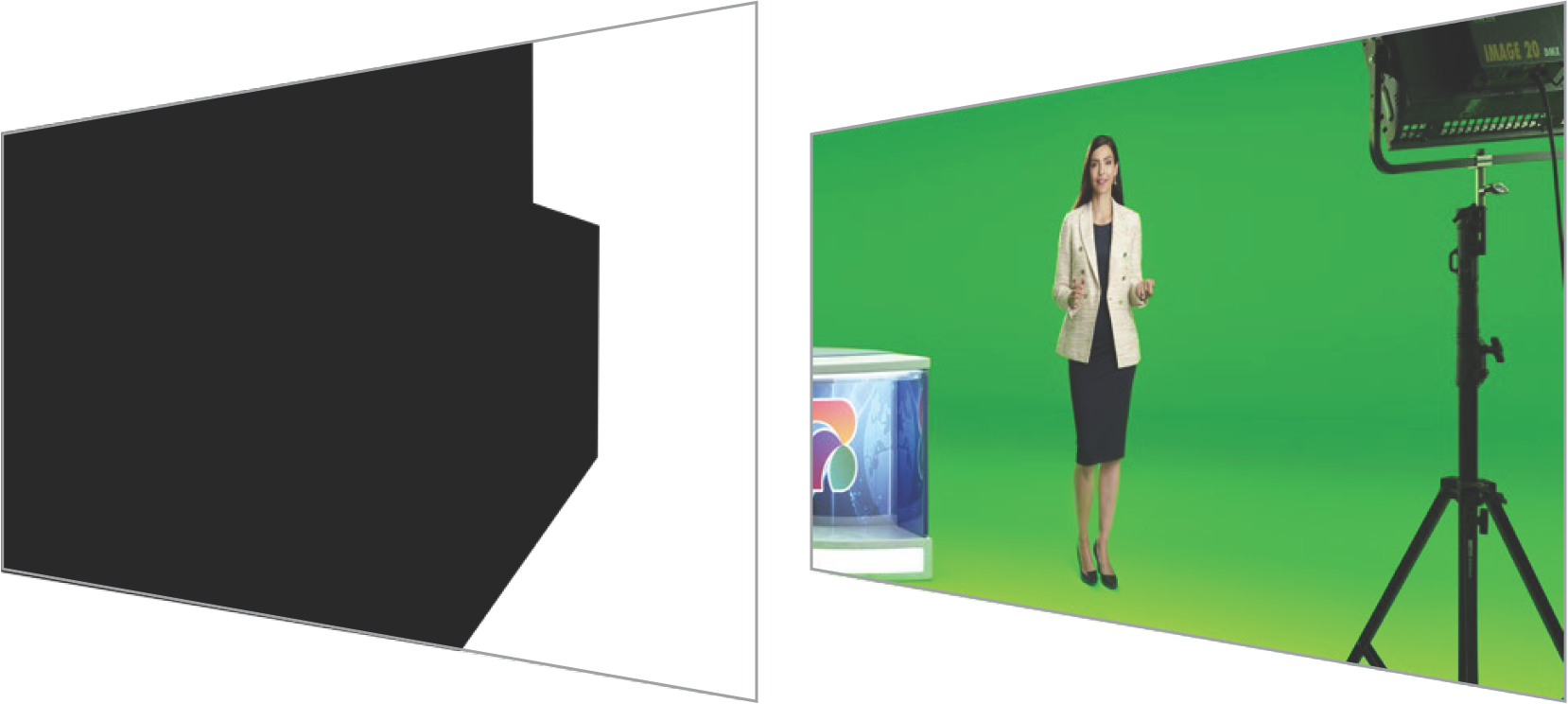
📘TIP You can create an internal mask using the ‘window’ controls on your Ultimatte. This can be a great tool for creating a rough, fast garbage matte. For more information on how to set up window masks, refer to the ‘matte input/window’ section.
Holdout Matte
This matte is similar to a garbage matte, however, it lets you mask out areas from within the visible foreground so they are ignored by the matte.
For example, imagine a portion of a virtual set needs to appear green in the foreground. This will present a challenge because anything green will key out and reveal the background underneath. A holdout matte can be created to exclude that particular area within the set, which will prevent it from being keyed.
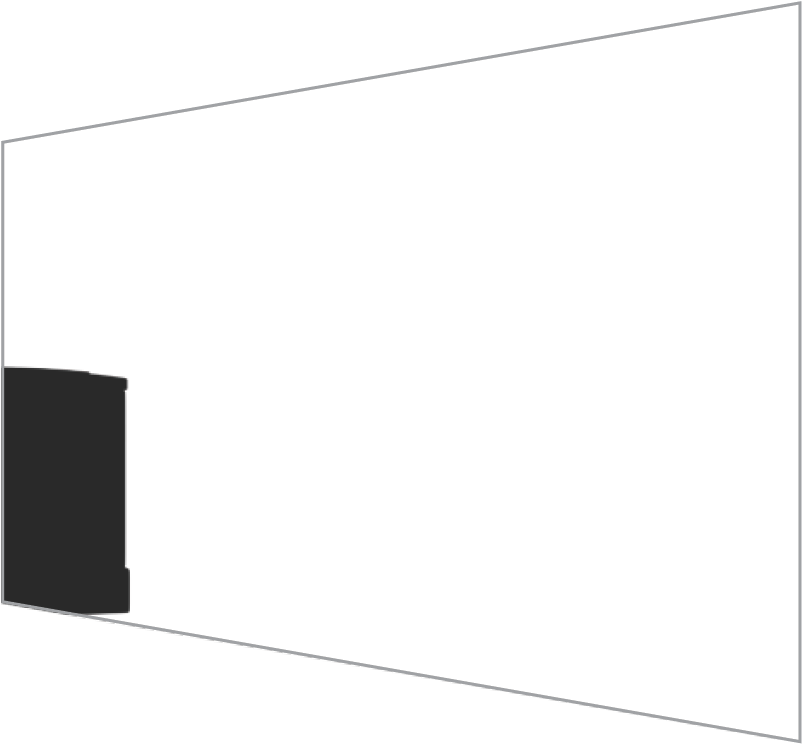

Layer Matte
The layer matte lets you add more foreground elements to the scene. For example, if you want to add graphics over the top of the composite.
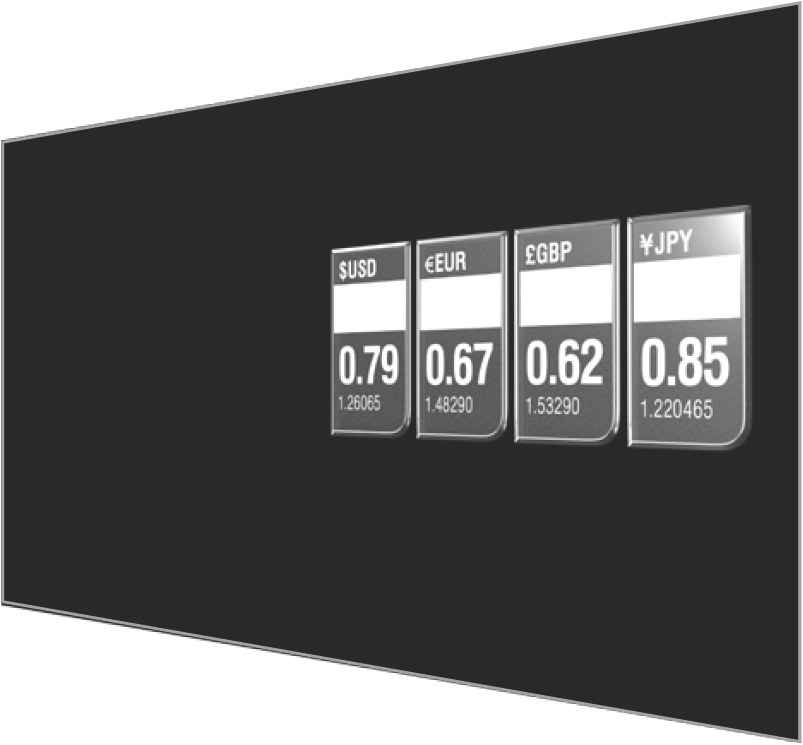

The layer matte can include transparency elements and you can swap the layer positioning in the final composite. For example, you may want to change the layer order during your production so the layer input appears in front of, then behind, the talent. You can even set a transition rate so the order change is a smooth mix transition.
For more information, refer to the ‘Matte input settings/setting the layer order’ section.
Was this information helpful?